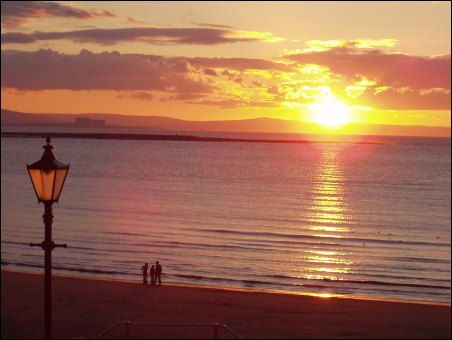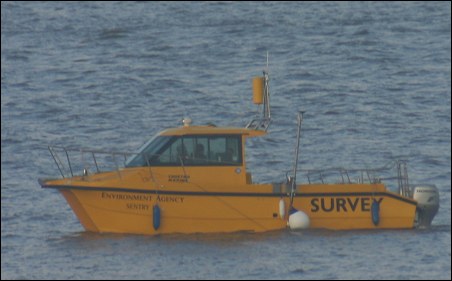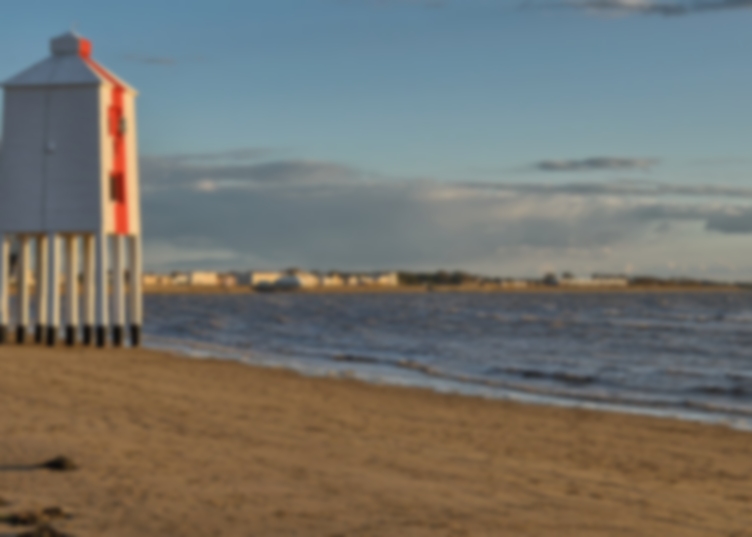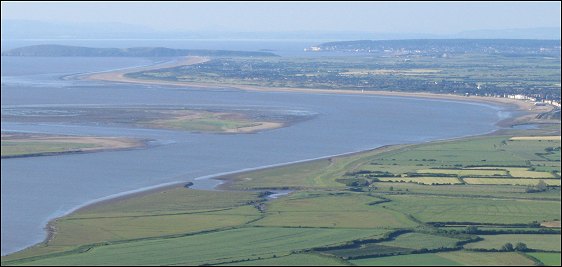September 7, 2005
Are Burnham, Brean and Berrow beaches really at risk from dredging?
Concern is growing that a huge new dredging scheme in the Bristol Channel could damage beaches at Burnham, Brean and Berrow (pictured above).
An excavation group wants to take one million tonnes of sediment each year from Culver Sands, in Bridgwater Bay, for 15 years in order to supply the building trade.
But the Environment Agency, English Nature and several local councils are reported this week to have grave concerns about the proposal and say that removing sand from the offshore sandbank may reduce the coast’s protection from incoming waves, thereby speeding up erosion.
The company behind the scheme, Resource Management Association (RMA), says its plans are well away from the coast and will not be harmful, although experts from the Environment Agency have said: “Dredging could destabilise the bank and lower the (sandbank’s) crest level, hence affecting coastal stability on the English coast.”
 “There remains a degree of doubt as to the potential change in coastal wave climate should the crest be lowered.”
“There remains a degree of doubt as to the potential change in coastal wave climate should the crest be lowered.”
Environment watchdog English Nature adds that it “remains unconvinced” that dredging won’t draw down sand into deeper areas or destabilise the main bank. And at least 13 councils – county, district and parish – from across the region are also wary.
Berrow and Brean parish councils are worried that the scheme will have an impact on beaches which are popular with holidaymakers. Barry Hunt, Brean Parish Clerk, said there are “concerns” about the scheme.
Sedgemoor District Council has also expressed reservations. Harbourmaster Peter Lee, who is also Sedgemoor’s coast team leader, said that while research from RMA is mostly reassuring there are still questions.
“It doesn’t indicate that there is a definite link between dredging and any risk to the shoreline, but we do feel that ongoing research needs to take place,” he told the Western Daily Press.
“The area of our shoreline between Hinkley Point and Brean Down is quite vulnerable and we feel that the dredging companies ought to fund foreshore profiles in that area and wave monitoring.
“The dredging firms have funded a lot of research, and most of the research does indicate that there shouldn’t be a problem, but there are other scientists who do feel we need to be very careful.
 “It is one of those things that once done is very hard to put back. As a council we have to take a very cautious approach.” But he added that there has to be a balance between concern for the coast and the need for construction materials.
“It is one of those things that once done is very hard to put back. As a council we have to take a very cautious approach.” But he added that there has to be a balance between concern for the coast and the need for construction materials.
“If people are going to have houses and factories built then they have to get sand from somewhere,” he said. “The risks have to be balanced against that.”
The RMA is an umbrella for the firms Hanson, Semex and United Marine Dredging, and it is adamant that the dredging will have little or no impact on the coastline.
The work would take place eight miles from either coastline, in midchannel, and sand would not be taken from the main sandbank but rather a smaller ridge nearby.
There has been dredging on Culver Sands for more than 10 years with minimal effects, it adds, and there is no evidence that sand from the bank replenishes local beaches.
Consultation is continuing about the scheme, and a decision on the licence is expected to be made by the Office of the Deputy Prime Minister next year.
The news comes seven months after the Enviroment Agency’s survey boat (pictured above) visited Bridgwater Bay to assess whether dredging in the Bristol Channel is having any affect on the sea bed in Burnham and the River Parrett.
RELATED LINKS:











